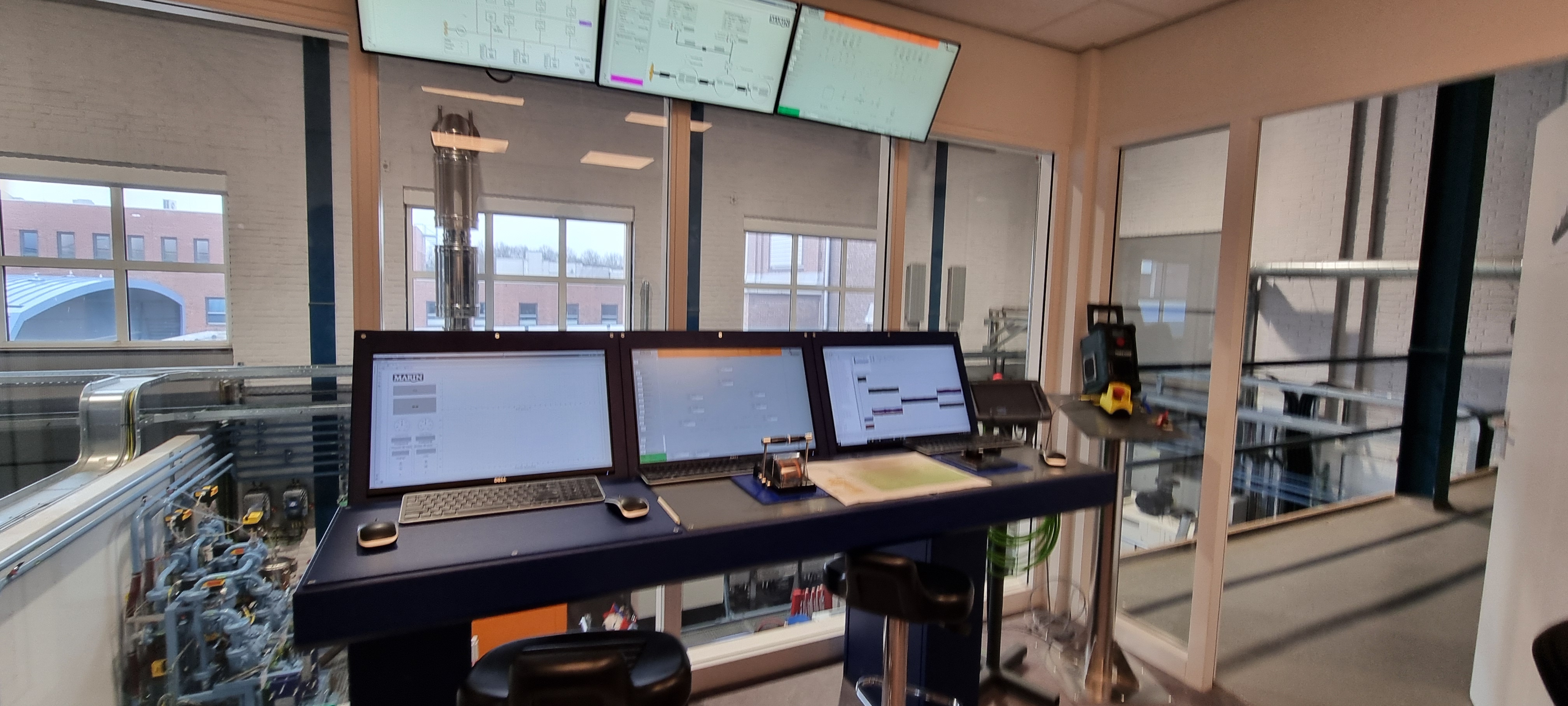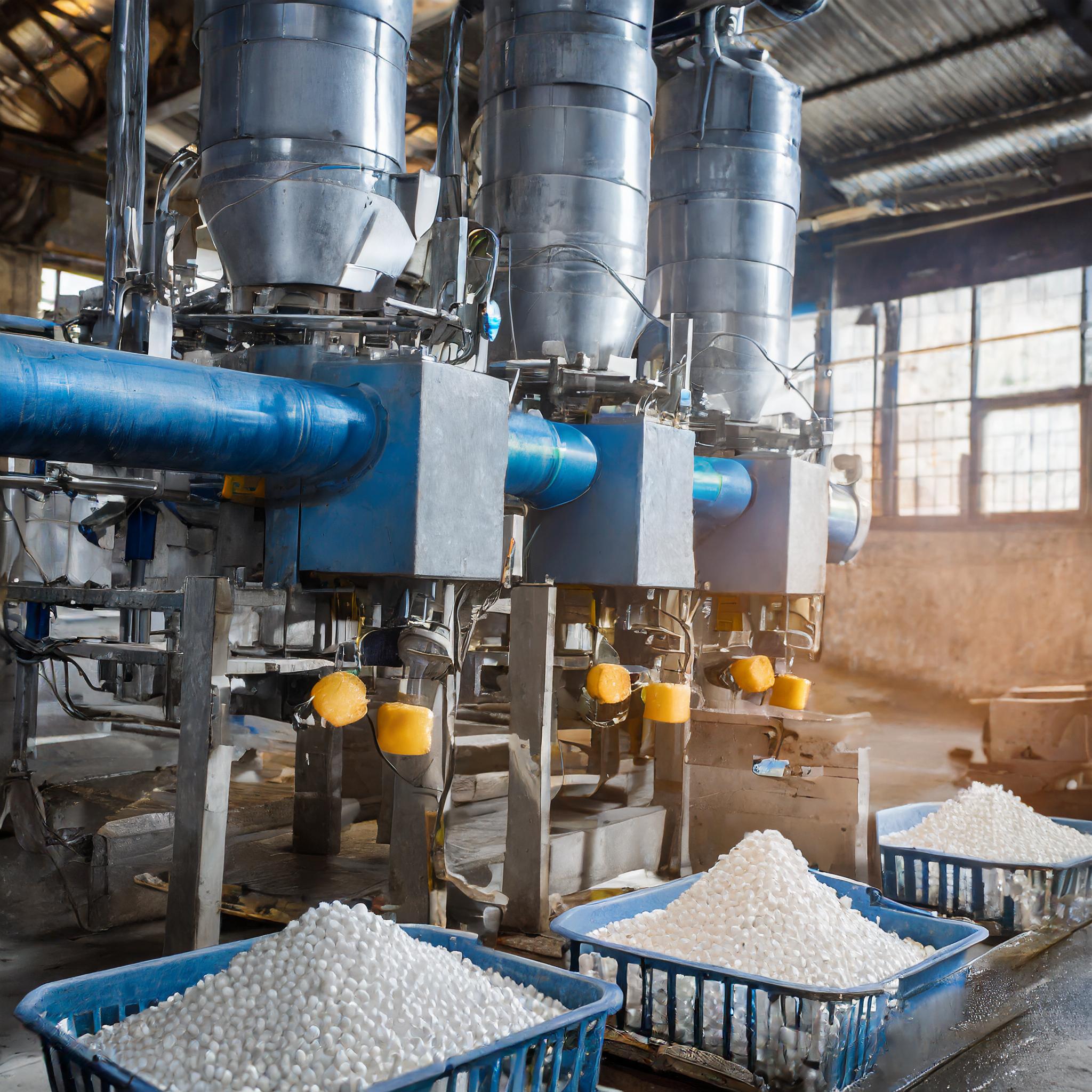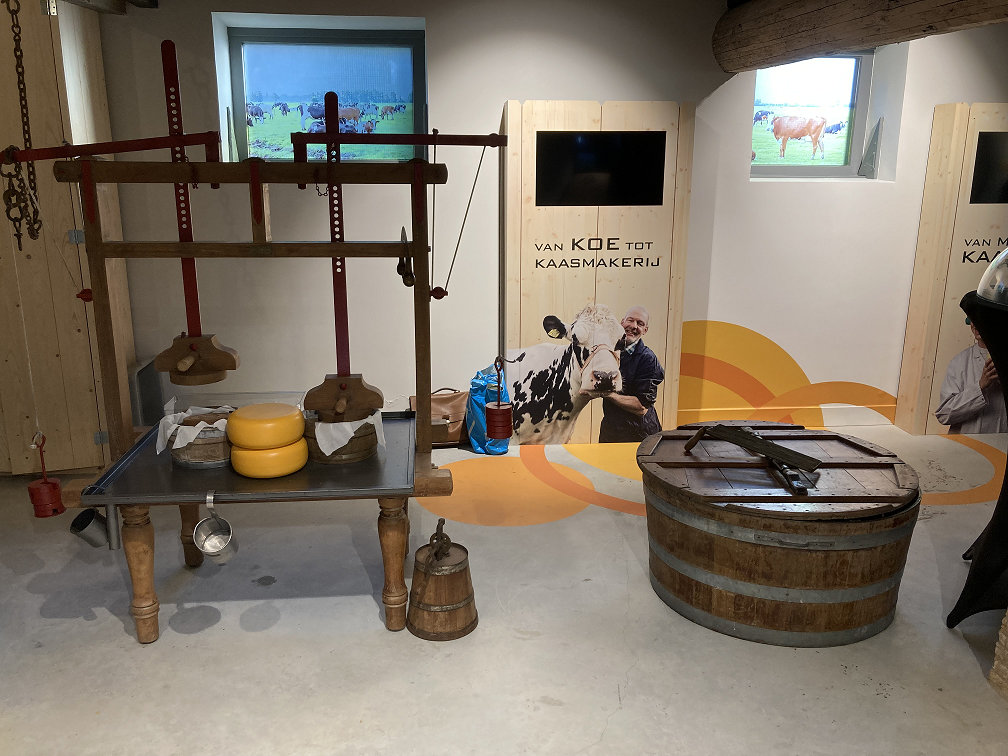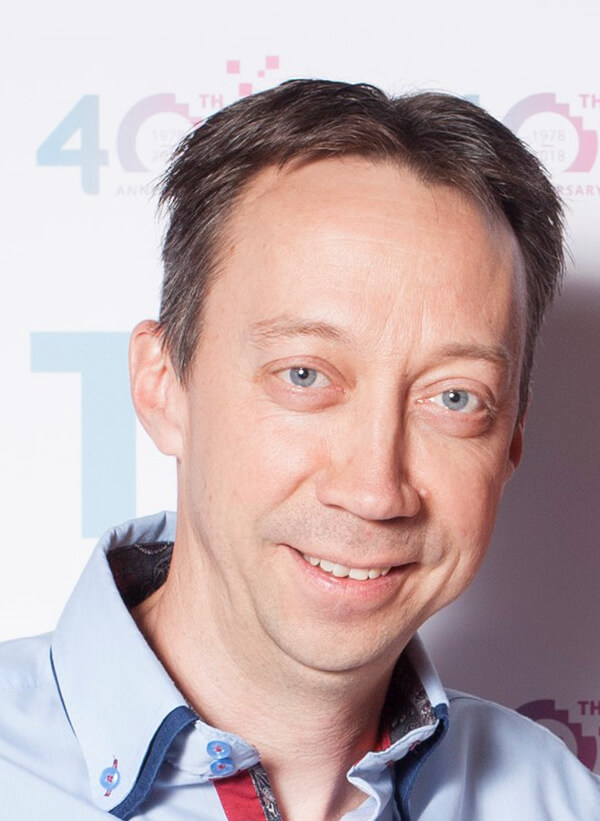
Designing software control for completely new factory
Project completed on time, within budget and above customer expectations
- 28 June 2024
- 7 min
In the transition to plant-based proteins, many suppliers to the food industry are working on innovation projects. Sometimes these projects are so large that they lead to the construction of a completely new factory. Jules Stohr and his team have been designing the control of such a new factory in recent years. What was involved and why is the customer so satisfied?
Jules Stohr has been working as a technical consultant for ICT Industry for many years. "We were asked to develop the PCS7 software for a new factory that controls all the machines. We were responsible for the entire process, from functional design to the testing and delivery of the software, including the construction of the Profinet networks. It was an incredibly extensive project with a scale that few software suppliers can handle."
Very tight deadline
What makes such a large project even more complex is that there are always undocumented requirements. After all, the customer is also building such a factory for the first time and cannot possibly know all the details in advance. This means that ICT has to move along with the customer as the project progresses. This was quite challenging, says Jules. "Because the project initially had a very tight deadline. Anything that deviates from the original plan will cause delays, if only because the customer needs time to assess our improvement proposal and make a decision about it."
Functional design
The project was divided into a number of sub-projects. The first was the drafting of the Functional Design Specification (FDS). In order to properly monitor the coherence and get the desired level of detail, the team has divided the factory into six different parts.lJules: "In this phase, we worked on the project with six people, all of whom became responsible for a component. The customer has its own software library with typicals that describe how to control pumps, valves, switches, etcetera. The advantage of this is that you get structure for what your FDS should look like and therefore also how exactly the software should be written. The advantage for the customer is that they get uniformity. Every valve and every pump, wherever other details in the production process, is controlled in exactly the same way, by software written in exactly the same way. That will make the software much more maintainable in the future."
In the FDS phase, the control loop diagrams were also made and the interface specifications were made that ensure that the control loops also work properly on the machine. There, too, there is uniformity. Measurements of, for example, temperature or pressure are made in exactly the same way throughout the factory.
"One moment you have to dissect a complex problem at a high level of abstraction, and the next moment you are very deep in the details. That variety is just a lot of fun."
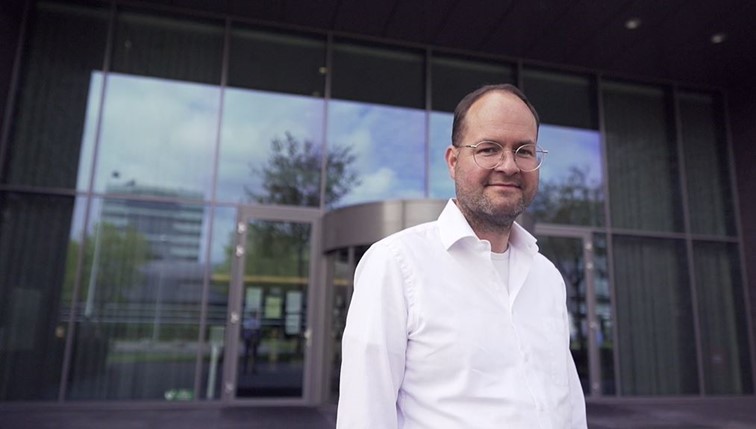
Site Acceptance Test
At the beginning of 2023, the software was physically installed on the machines and the I/O check and SAT could be performed. Given the enormous size of the project, this naturally led to the necessary findings, says Jules. "For example, certain changes were made to a machine at a late stage. Those changes had not yet been incorporated into the software. At such a moment, there is a lot of pressure and you have to quickly identify whether you need to completely 're-write' the software or whether you can reuse parts of the initial software. To make that decision, you need the domain knowledge of the customer's process specialists and the machine manufacturer. Fortunately, that collaboration went very well."
By the way, there is a lot involved in testing the software, says Jules. "You have to visually assess whether every component is properly controlled. Sometimes you even have to build scaffolding because a component is 5 metres high." In this process, ICT's software engineers worked closely with electricians and specialists with mechanical knowledge. It is one of the best parts of the overall project, according to Jules. "Because at that moment you see whether what you have thought of and written actually does what it is supposed to do. You can see in practice how the chain of machines functions. The raw material goes in at the beginning and many process steps later, the end products come out."
Complete production process from A to Z
Looking back, Jules is especially proud of the team. "Such large projects, in which a complete production process is set up from A to Z, are rare. It's really an honor to be asked to do this."
He also gives kudos to the customer. "They were open to our feedback and to our unsolicited advice. Of course, not everything is possible, we understand that. But it was really cool that they always took our advice very seriously and often listened to it."
From high level of abstraction to deep in detail
Now that everything has been delivered, it takes some getting used to for the team, and certainly for Jules, that updates or upgrades of existing software sometimes have to be developed for other customers. But fortunately, he is good at putting things into perspective. "Well, the occasional job where you don't have to perform at the peak of your abilities is sometimes nice. But I can't deny that I really enjoy doing these very complex projects. One moment you have to dissect a complex problem at a high level of abstraction, the next moment you are very deep in the details. That variety is just a lot of fun. So yes, I hope that we will soon win a new contract of this size and complexity. Because this makes my heart beat faster."
